What Are Dental Cavitations: A Comprehensive Guide
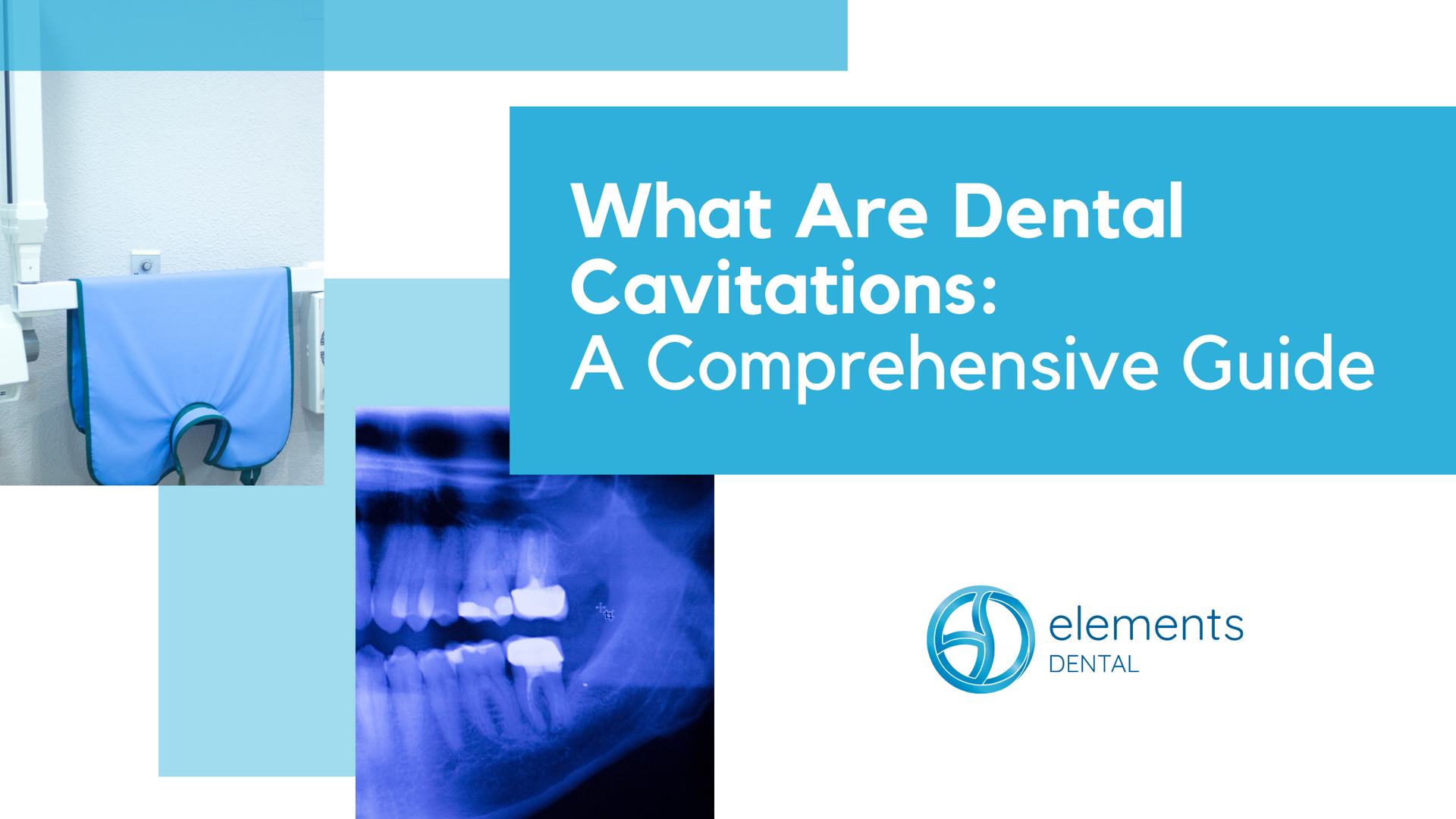
Source: Dr. Marketing
Dental cavitations, also known as neuralgia-induced cavitational osteonecrosis, are holes that form within the jawbone due to a lack of blood flow. While the term "dental cavitation" may be misleading, as it typically refers to issues with the teeth, these cavitations are distinct from cavities. Cavitations can be difficult to detect, often presenting no noticeable symptoms. However, untreated cavitations can lead to serious health problems such as infection, chronic inflammation, and toxin exposure.
In this comprehensive guide, we will explore the nature of dental cavitations, their symptoms, causes, and potential treatments. We will also delve into the impact of cavitations on overall body health and discuss preventive measures that can be taken to avoid their formation.
What are Dental Cavitations?
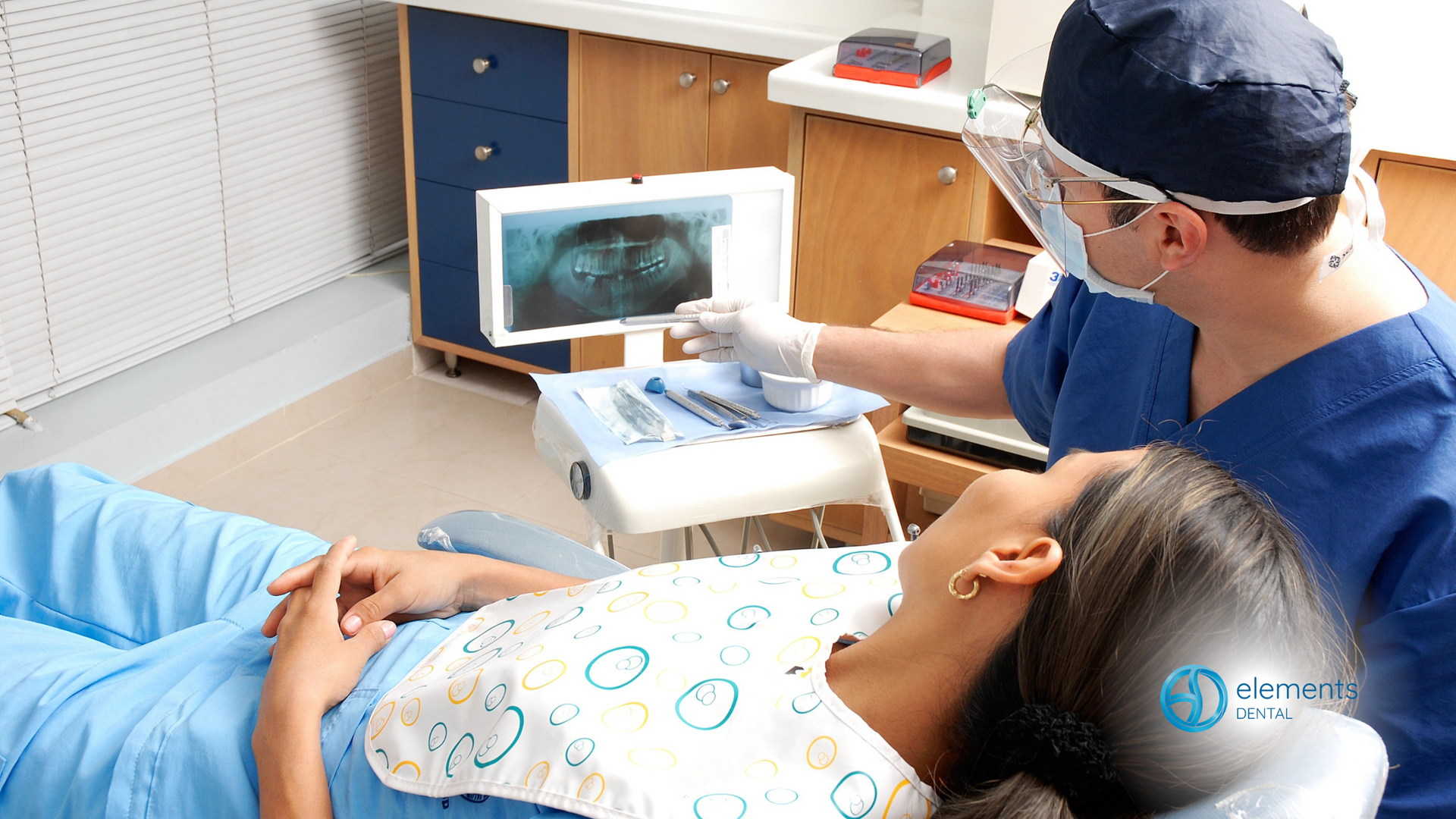
Dental cavitations, also referred to as jawbone cavitations or neuralgia-induced cavitational osteonecrosis (NICO), are lesions that develop within the jawbone due to blockages in blood flow. These holes in the bone can harbor toxins and bacteria, even if they do not cause noticeable symptoms. However, research has shown that cavitations are linked to systemic health issues and can have far-reaching effects on the body.
The term "cavitation" was coined in 1930 by an orthopedic researcher to describe a disease process in which a lack of blood flow into an area resulted in a hole in the jawbone. However, discussions about bone cell death in the jawbone date back even further, with an 1848 textbook mentioning the removal of necrotic bone tissue to treat the condition.

Symptoms of Dental Cavitations
One of the challenges with diagnosing dental cavitations is that they may not always cause noticeable symptoms. However, when symptoms do occur, they can include:
- Facial pain
- Phantom toothache
- Headaches and migraines
- Trigeminal neuralgia
- Atypical facial neuralgia
It's important to note that these symptoms may not always be present, which can make the diagnosis of cavitations more difficult. Despite the lack of obvious warning signs, jawbone cavitations can still lead to systemic health problems that may not initially be attributed to the condition.
The Ultimate Breeding Ground for Toxins
Research has shown that dental cavitations often contain toxic substances and bacteria. When bone cells die, they create a cavity that can harbor harmful bacteria and toxins. These toxins can trigger systemic inflammation and other whole-body health issues.
Dr. Boyd Haley, former Chairman of the Department of Chemistry at the University of Kentucky, conducted research on cavitation tissue samples and found that they contained toxic substances that inhibit the body's natural energy production. These toxins are likely waste products of anaerobic bacteria. When combined with other toxins already present in the body, such as mercury from dental fillings, they can contribute to further health problems.
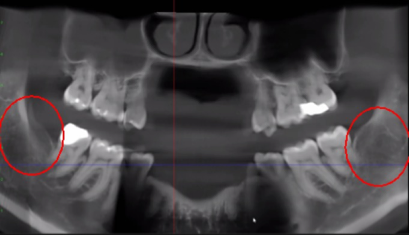
Types of Cavitations
There are two main types of cavitations: neuralgia-inducing cavitational osteonecrosis (NICO) and sickness-inducing cavitational osteonecrosis (SICO). NICO specifically refers to cavitations in the jawbone that may cause neuralgia, such as trigeminal neuralgia. SICO, on the other hand, encompasses cavitations throughout the body that can lead to systemic illness.
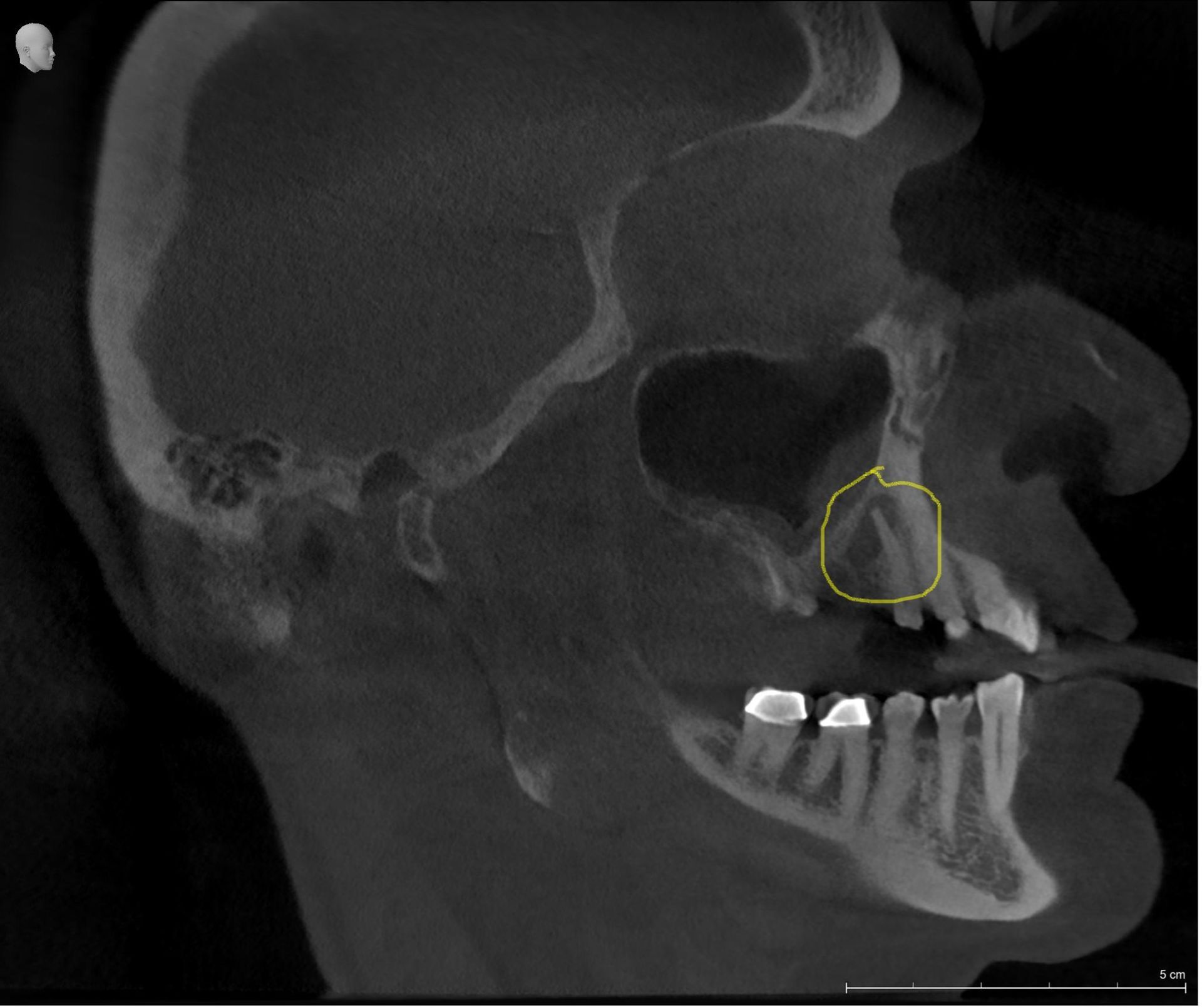
Jaw Cavitation: Diagnosis and Treatment
Diagnosing dental cavitations can be challenging, as they often do not show up on regular X-rays. However, advanced imaging techniques such as cone beam 3D CT scans can provide more accurate results. Biopsies and radioisotope bone scans can also be used to diagnose cavitations.
The main treatment for dental cavitations is the surgical cleaning out of the cavitation. This involves removing infected tissue, toxins, abscesses, and cysts from the site. Ozone therapy are non-invasive treatment options that can effectively clean out cavitations and promote healing. Surgical methods, such as scraping the unhealthy bone tissue, may also be used.
Causes and Risk Factors of Cavitations
Cavitations can occur as a result of various factors, including:
- Improper tooth extraction procedures, including failure to remove the periodontal ligament
- Failure to remove tooth abscesses
- Dry socket or untreated infection at the root canal or bone socket
- Overheating of the bone during dental procedures
- Increased bone pressure
- Certain medications, such as excessive use of NSAIDs
- Injury or trauma to the jawbone
Risk factors associated with cavitations include gum disease, long-term alcohol use, heavy smoking, family history of clotting disorders, osteoporosis, and radiation treatment for cancer. Genetic mutations, particularly those affecting nitric oxide production, can also increase the risk of cavitations.
The Impact of Cavitations on Overall Body Health
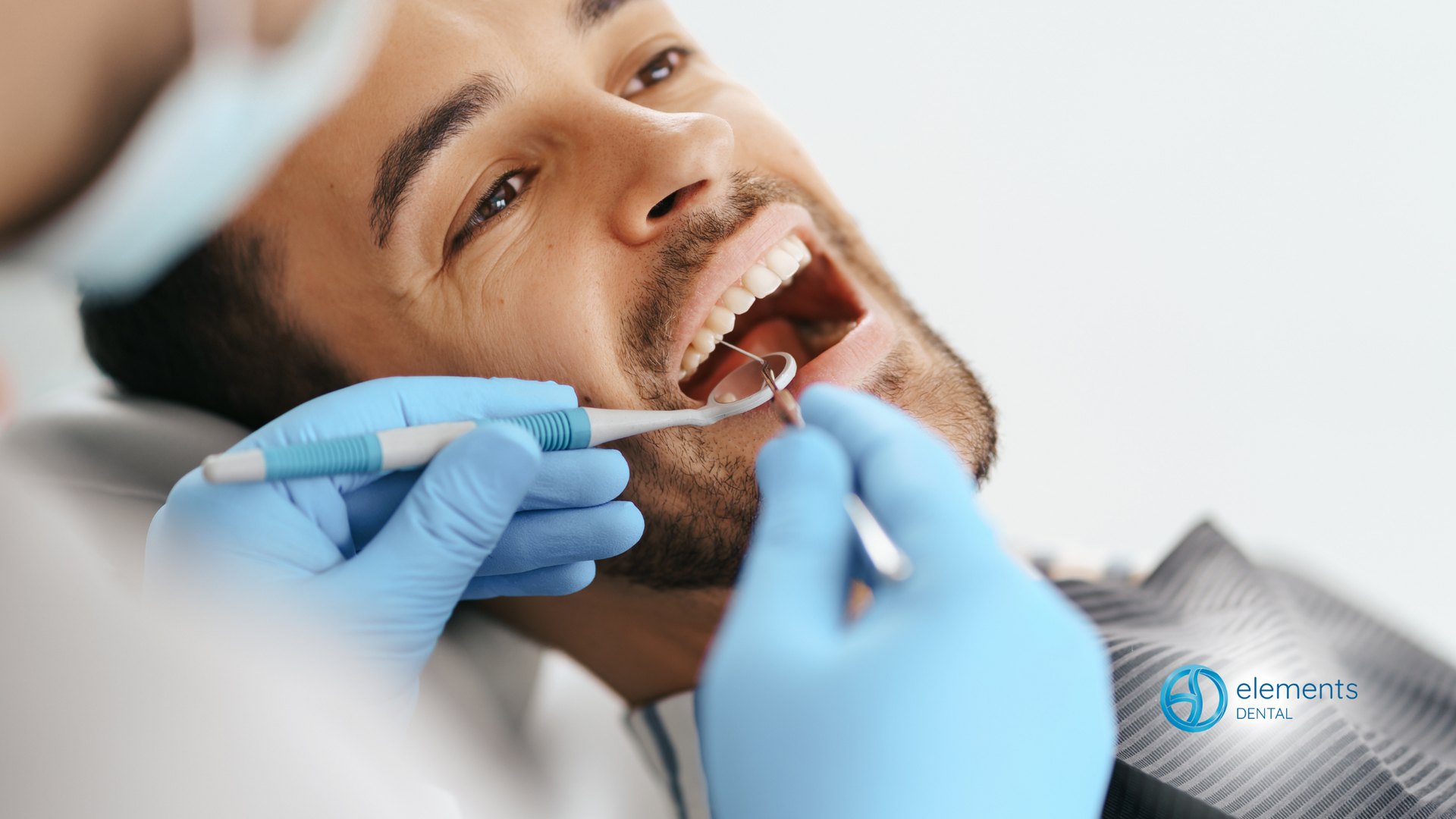
Cavitations can have far-reaching effects on overall body health. The toxins and bacteria present in cavitations can trigger chronic inflammation and immune dysfunction, leading to autoimmune diseases such as rheumatoid arthritis, lupus, and inflammatory bowel disease. Osteonecrosis, the death of bone tissue, is also linked to serious diseases such as heart disease.
Due to the potential systemic impact of cavitations, proper diagnosis and treatment are crucial for maintaining overall health.
Preventing Dental Cavitations
Prevention plays a key role in avoiding the formation of dental cavitations. Maintaining good oral hygiene practices, including regular brushing and flossing, can help prevent gum disease and reduce the risk of cavitations. Regular dental check-ups and cleanings are also essential for early detection and treatment of any potential issues.
The Long-Term Outlook and Benefits of Treatment

Raising awareness about dental cavitations and their potential impact on overall health is crucial for early detection and treatment. Studies have shown that improving oral health can lead to a reduction in healthcare costs associated with major diseases. By addressing dental cavitations and maintaining good oral hygiene, individuals can improve their overall wellness and quality of life.
At Elements Dental, we prioritize preventive and holistic dental care. Our non-invasive treatment options, such as laser therapy and ozone therapy, provide effective and pain-free solutions for addressing cavitations and promoting overall health.

Dental cavitations, or neuralgia-induced cavitational osteonecrosis, are holes that form within the jawbone due to a lack of blood flow. While they may not always cause noticeable symptoms, untreated cavitations can lead to serious health problems. Early diagnosis and treatment are crucial for preventing complications and maintaining overall health. By practicing good oral hygiene, seeking regular dental check-ups, and discussing potential risk factors with your dentist, you can minimize the risk of dental cavitations and promote better overall wellness.
Remember, your oral health is closely linked to your overall health. Take the necessary steps to protect and maintain it for a healthier future. Call us at (250) 940-8111 to schedule your next dental check-up.



